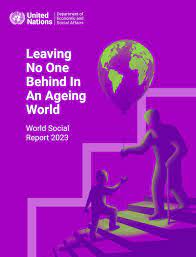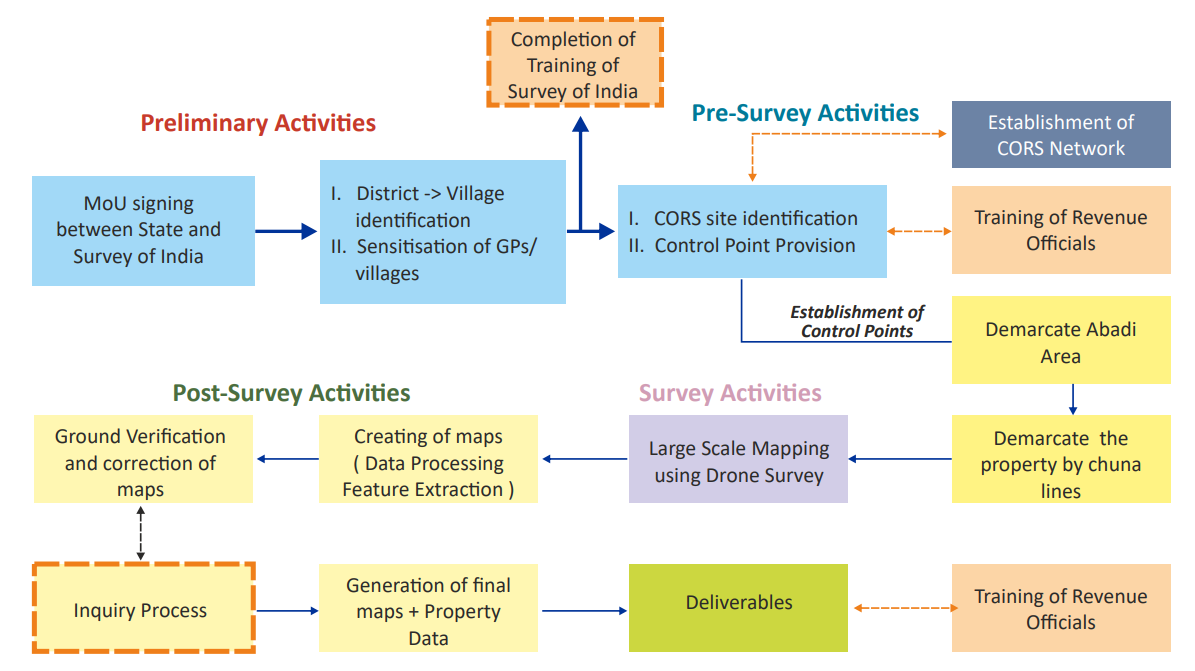Negative Interest Rates
In News
Recently, Japan ended its negative interest rate policy, as the Bank of Japan has raised its key interest rates, stepping away from the country’s negative interest rate policy.
What are negative interest rates?
The term negative interest rate refers to interest paid to borrowers rather than to lenders. Negative interest rates are when central banks make their commercial counterparts pay to park their excess cash at the institution.
This method is usually adopted during deflationary periods when consumers hold too much money instead of spending as they wait for a turnaround in the economy.
Consumers may expect their money to be worth more tomorrow than today during these periods. When this happens, the economy can experience a sharp decline in demand, causing prices to plummet even lower.
Experts believe that in order to avoid the charges for parking the cash, banks use the money to lend more to businesses and consumers, which, in turn, helps financial growth.
These negative interest rates were first introduced by Swedish Riksbank in 2009. This was followed by others such as the central banks of Denmark, Switzerland and then Japan.
Why did Japan introduce negative interest rates?
It was a new measure introduced by Tokyo in its long battle against deflation, or declining prices.
The Bank of Japan had hoped that by introducing negative interest rates it would encourage spending and inflation in an ageing society with a negative population growth.
Moreover, the authorities believed that it would help in keeping the country’s debt repayments manageable. Japan’s national debt has floated above 100 percent of its GDP, making it the most indebted nation on the planet.
So, did negative interest rates help Japan?
According to a Bloomberg report, they may have helped prevent deeper deflation in the economy. However, during the COVID-19 pandemic and the fallout from Russia’s war in Ukraine, it affected the economy.
Some experts also note that the prolonged use of such negative interest rates have cut into banks’ profitability and helped push down the value of the yen.
------------------------------------
Mutual Fund Stress Test
In News
Mutual fund (MF) houses have started releasing a Sebi stress test report, mentioning the number of days they will require to liquidate 50% and 25% of their mid-and-small-cap schemes portfolio.
What is a stress test?
It determines the time within which an investor can recover investment in the event of a downturn in the equity market and a subsequent surge in investor redemptions.
Mutual fund companies conduct these stress tests to assess the liquidity of small and midcap portfolios.
As part of the test, they check how quickly a fund manager can sell small and mid-company stocks if many investors put in requests to redeem their units.
Importance
It provides investors with insights into how their mutual fund investments might perform under adverse market conditions.
By understanding the potential risks and vulnerabilities in the fund’s portfolio, investors can make more informed decisions and manage their expectations regarding potential losses during market downturns.
-------------------------------------



.jpg)
.jpg)


.jpg)
.jpg)


.jpg)


